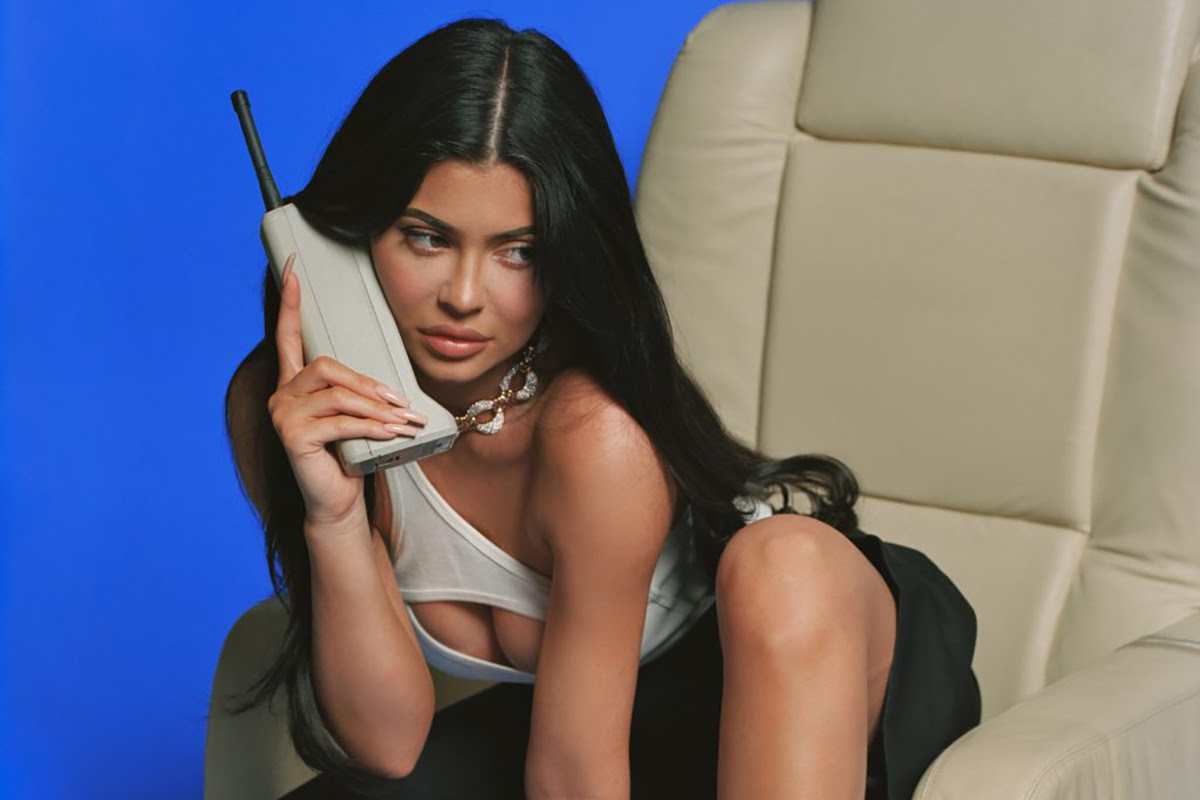 |
| The Kardashians Depart Reality Alissa Bennet explores how the Kardashians changed American culture – and themselves |
The Kardashians Depart Reality
As the iconic reality series airs its 20th and final season, and amongst rumours of ‘Kimye’s’ divorce, Alissa Bennet explores how the Kardashians changed American culture – and themselves
As the iconic reality series airs its 20th and final season, and amongst rumours of ‘Kimye’s’ divorce, Alissa Bennet explores how the Kardashians changed American culture – and themselves
When the Kardashians made their 2007 television debut – following the release of an amateur sex tape featuring Kim Kardashian and her ex-boyfriend, rapper Ray J – they were neither anonymous nor notorious. The family’s deceased patriarch, Robert, had famously served on O.J. Simpson’s defence team in the mid-1990s, but Kim had previously been recognized primarily for her friendship with Paris Hilton, herself the star of both a sex tape (1 Night in Paris, 2004) and a television series (The Simple Life, 2003–07). Inspired by a spate of early-2000s reality programming, Keeping Up with the Kardashians initially presented itself as just another partially scripted domestic peepshow doomed to languish in the cultural charnel house. When it was recently announced that the show will not return following its 20th season, due to air this year, I was shocked to learn it has been running for an astonishing 14 years.
From its very first episodes, Keeping Up with the Kardashians immediately exploited both our fascination with breached intimacy and our lack of concern for whether what we were witnessing was authentic. Though Kim’s 2007 nude Playboy pictorial might seem a strangely revealing effort to reverse the damage from a reportedly manufactured sex scandal, it was the type of gesture that would eventually become the cornerstone of the show’s popularity. By conflating the real with the contrived, the Kardashians situated themselves in the realm of the unheimlich: their lives were both better and worse than ours, more exciting but also more excruciatingly boring.

When I recently binge-watched the first 18 seasons of the programme, I was surprised to see how many of the Kardashians’ scandals I was familiar with, despite never before having watched a single episode. The family has become so thoroughly enmeshed in the tacky synthetic fabric of American life that news of their divorces and infidelities has, for over a decade, reached us regardless of whether we want it to or not. The brilliance of the show is its ability to shift between carefully constructed artificiality and legitimate trauma. Choreographed leisure-class fights about Bentleys and birthday parties are often disrupted by real-time documentation of tabloid-worthy scandals. Interspersing profligate spending with near-death overdoses, mental-health breakdowns, disintegrating marriages and dramatic personal revelations, Keeping Up with the Kardashians has maintained its reality-show supremacy precisely because its characters refuse to negotiate the difference between performance and life. Both joy and catastrophe collapse into a textureless theatrical backdrop, against which the family and their rotating cast of friends can capitalize on their strangely acrylic nature. For instance, Kim – bound and gagged during a 2016 robbery in Paris that was reportedly inspired by Instagram posts of her 20-carat diamond engagement ring – was recently photographed for an ad promoting her new fragrance collection, Diamonds, wearing a suspiciously identical bauble. It was, she was forced to explain, simply a replica, a convincing fake, another simulacrum.

The public’s attachment to the programme conjures the suspension of disbelief we employ while watching pornography: its vulgarity is just life-like enough to titillate, so we can avoid feeling ashamed for enjoying it until later. Over the course of the programme’s run, the Kardashians have become so famous that they now find themselves cut off from the reality they pretend to embody, instead spending their days in a swirl of flesh-toned shapewear and clay-coloured lip gloss, hermetically sealed in mansions and armoured SUVs, locked in a looping commercial that imitates life but never finds quite enough purchase to access it.
I am left wondering how they while away their rich-person days: whether Kris’s ex-partner, Caitlyn Jenner, still enjoys spending time with the family, whether Khloé ever sheds a tear when happening upon a stranger doused in the signature fragrance she developed with ex-husband Lamar Odom, whether Kris will ever abandon her addiction to plastic surgery so that she might again drift anonymously through the public sphere. I wonder whether the Kardashians feel more at home in their cyborg bodies than they felt in their pre-op ones, whether the idea of liberating themselves from the prison bars of the Instagram grid is a dream or a nightmare. I wonder whether we will ever forget about them and, if we do, whether they will enjoy it. The truth is that they’ve made it their business to inspire us to look, and all of us like to watch.
This article first appeared in frieze issue 216 with the headline ‘The New Pornographers’.
Main image: Heji Shin, Kourtney Kardashian, 2019. Courtesy: the artist and CR Fashion Book
























